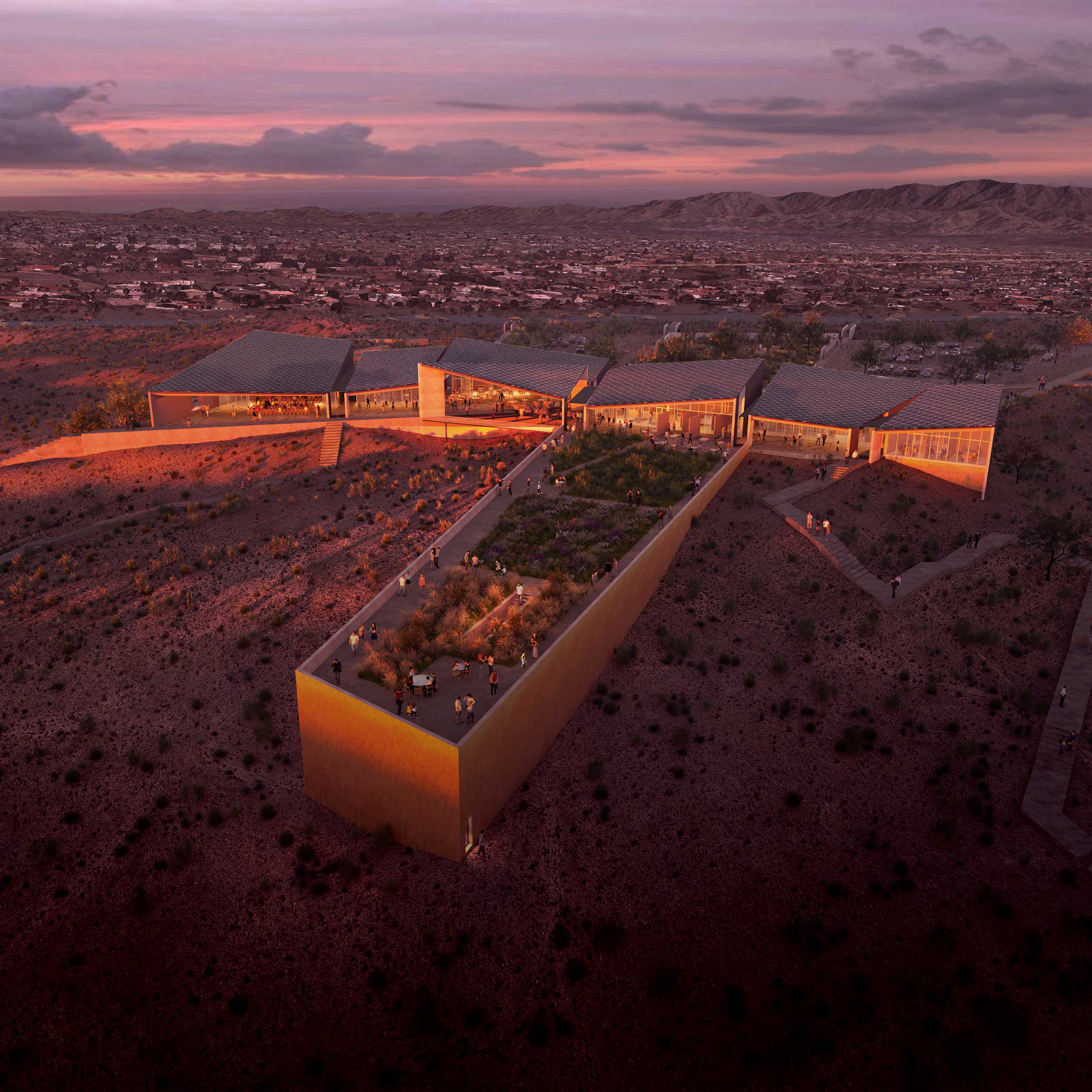
Bird’s Fort Cultural Center
A respite in history
Client
Viridian Municipal Management District
Location
Arlington, Texas
Size
20,600 sq ft
Expertise
Learning, Public, Cultural
Project Team
Named after the general who established it in 1841, Bird’s Fort once stood along the crescent of Calloway Lake in North Arlington, Texas. The original stockades and blockhouses of the settlement have long disappeared but the gravity of its history endures as a site representing a microcosm of this nation’s treatment of its indigenous people. Through a reimagining of its lost structures and an honest portrayal of its history against the backdrop of its native landscape, the new Bird’s Fort Cultural Center will honor the past by creating a place for rediscovery.
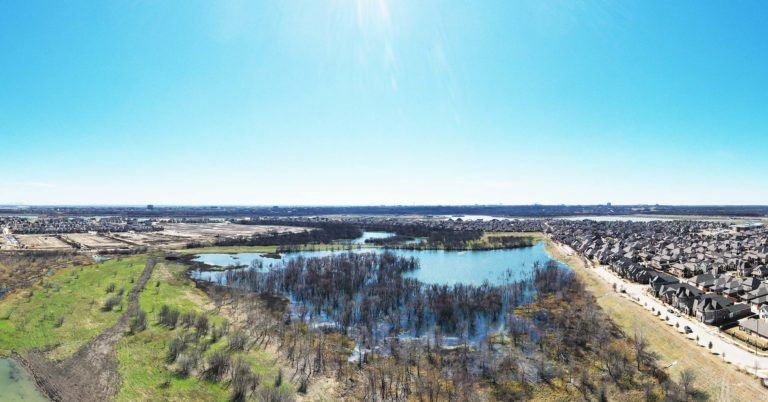
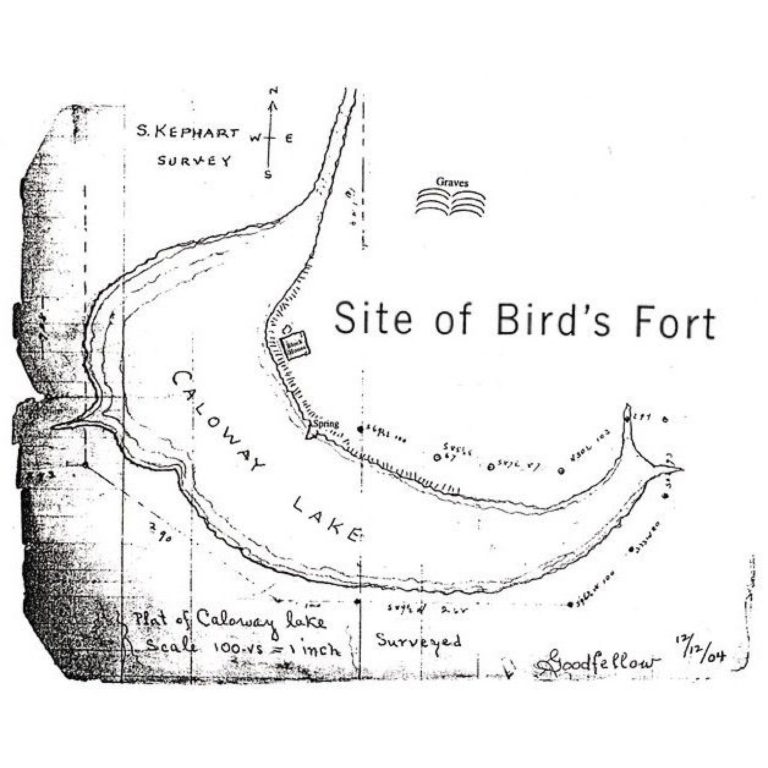
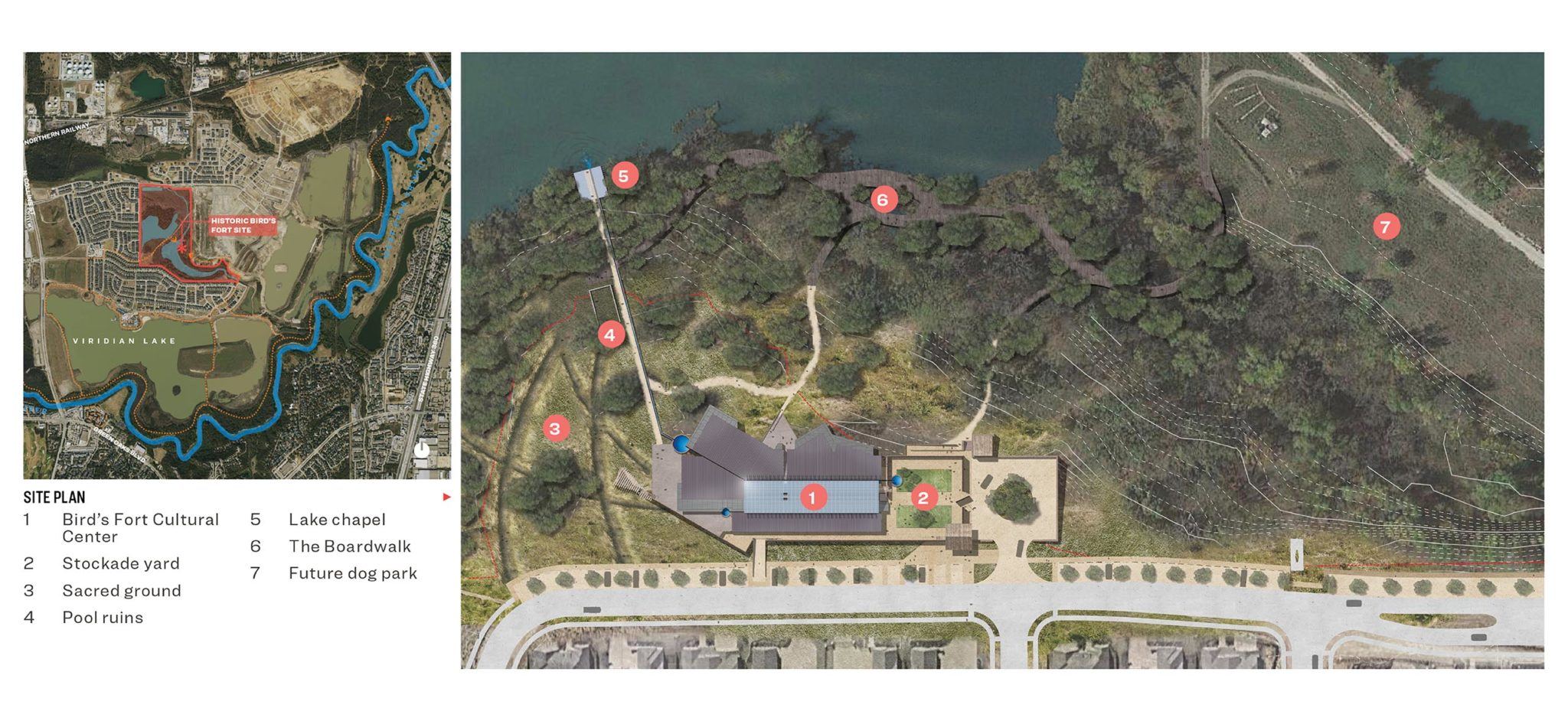
Set along the suburban edge of the forested site, the cultural center is cloaked by a series of vertical, weathered logs mimicking the traditional fortification of the stockade and a blockhouse perched upon the wall. These walls enclose the outdoor entry yard, welcoming visitors to the center through a space representative of the historic structure. Once inside, the main hall guides visitors from the reception area through an array of interactive and educational exhibits along a central linear space, supported by classrooms and event spaces with views of Calloway Lake.
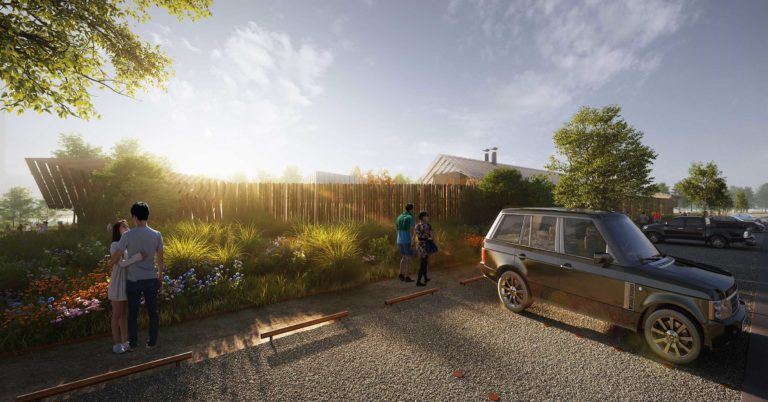
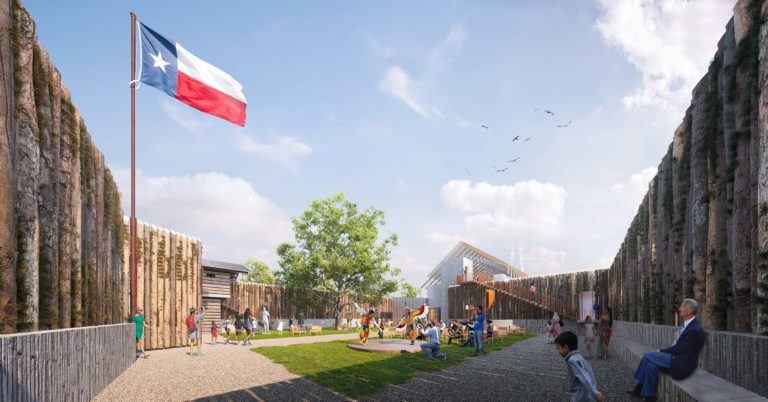

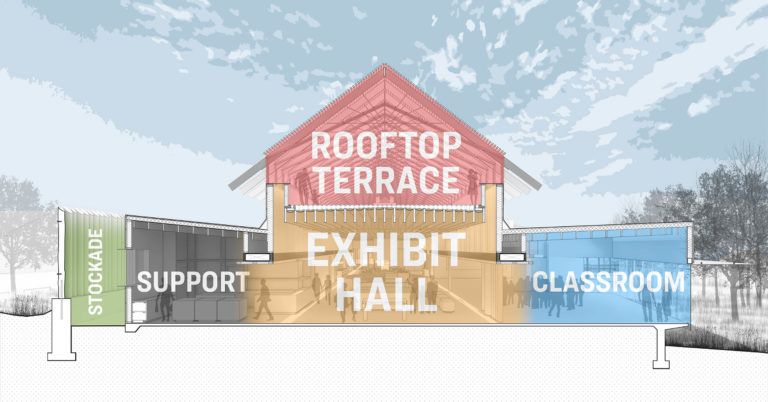

Above the main exhibit hall is the rooftop terrace, shaded with an intricate, sculptural wood and steel canopy, and visually connecting visitors to the verdant site and Fort Worth skyline beyond. This terrace also allows diffused sunlight to flow into the exhibit hall below during the day and lights the canopy from below at night to glow like a beacon across the site.
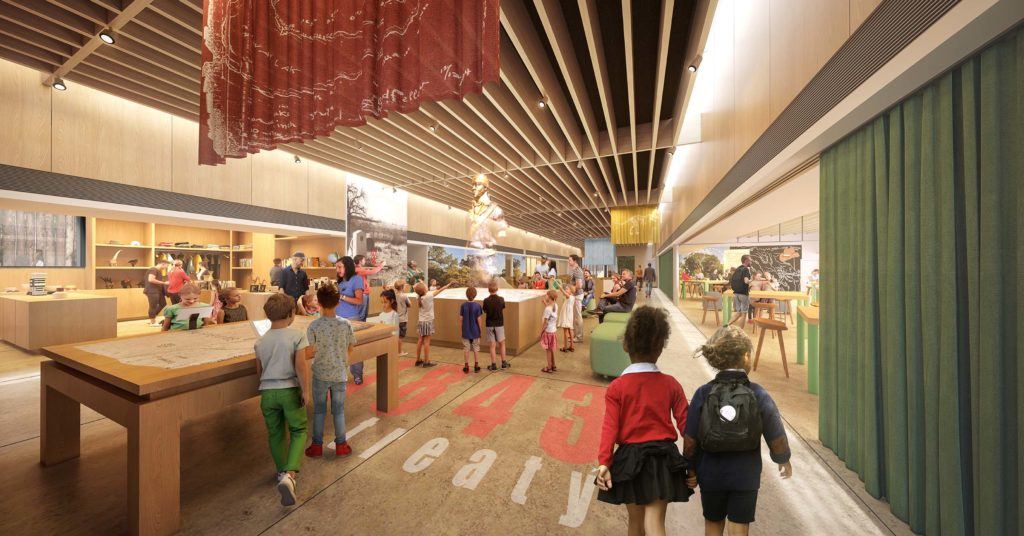
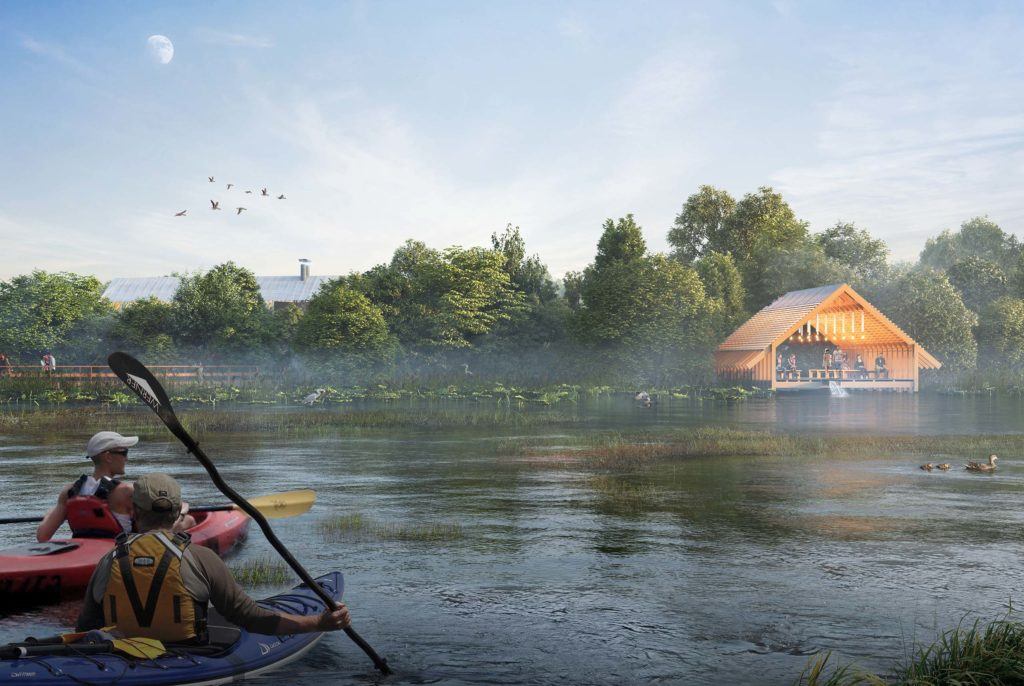
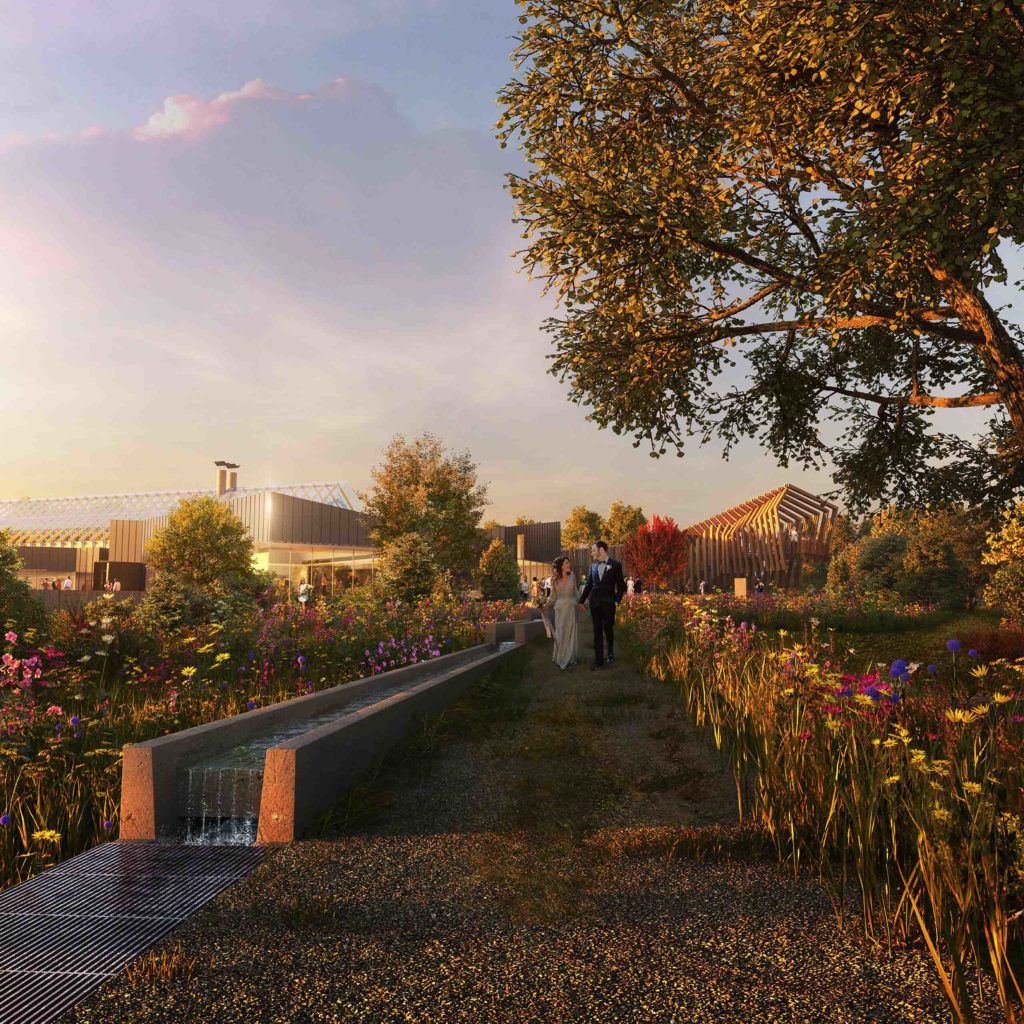
Passing through the exhibit hall, visitors embark on a journey through the site that begins with a reimagined and deconstructed blockhouse and stockade, contrasting with the traditional structures at the entry. Visitors are led through the forest on a path defined by a sculptural channel, guiding them through this urban refuge through the sound and movement of water. Along this journey are quiet moments of individual discovery and outdoor gathering spaces gently shaped into the landscape, including the ruins of the original fort. At the terminus of the channel, a chapel sits along the edge of the water, solemnly marking the end of the journey.
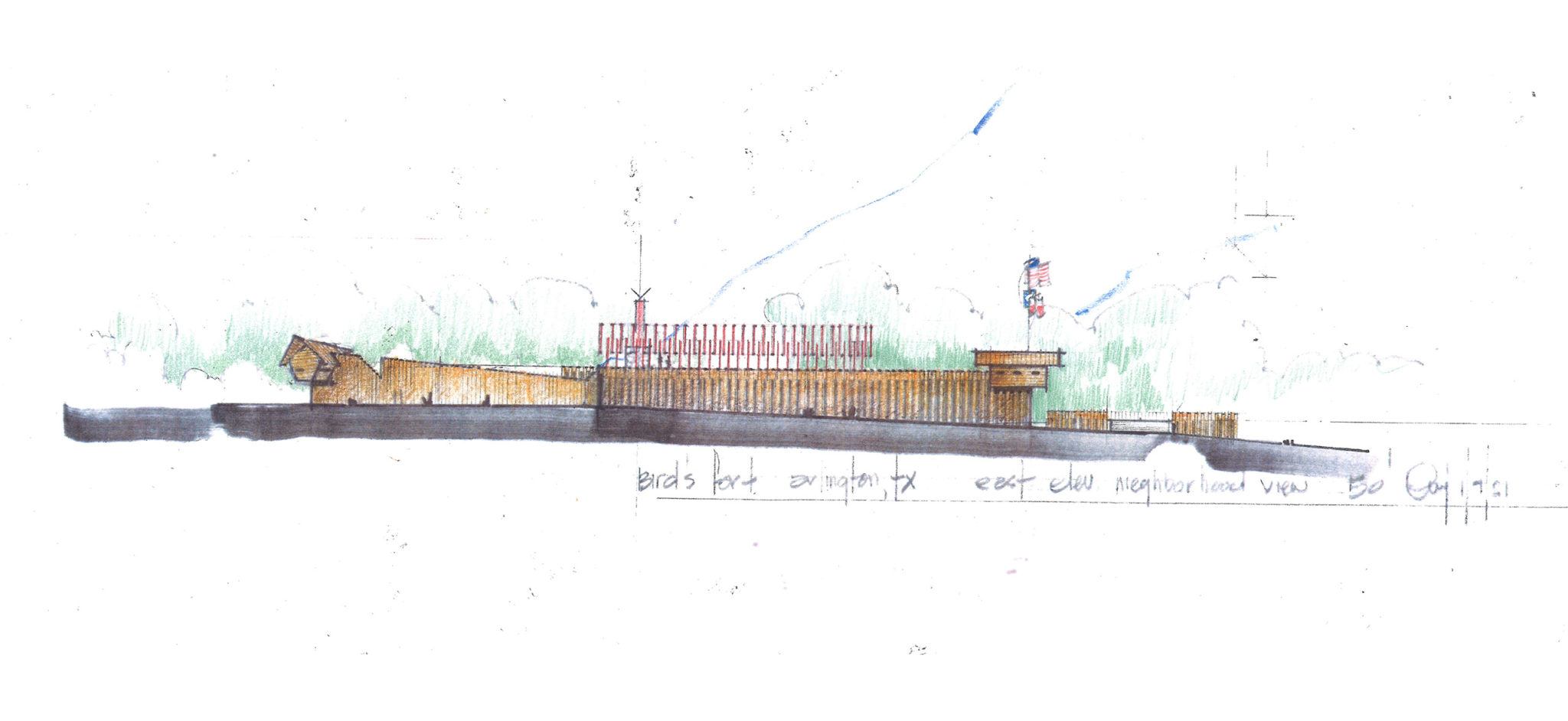
Related Projects


Rio Unido
A new symbol of unification at the Rio Salado
